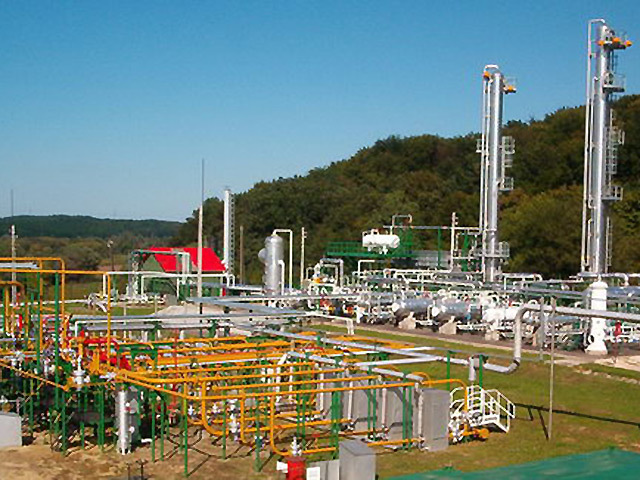
A global decline in the oil price since last year may have hindered upstream business in regions such as the UKCS.
But for Hungary’s MOL Group, the lower oil price has prompted an unexpected boost in its downstream operations.
David Pullan, group downstream development senior vice president for the company, told delegates at the Central Eastern Europe and Turkey Refinery Summit in Budapest his side of the business had seen “very good” results.
In the third part of our week long series from MOL’s headquarters in Hungary, we look to its successes in its downstream business.
MOL’s main refinery operations are in Croatia, Hungary and Slovakia with its footprint extending into the greater central European areas of Austria, the Czech Republic, Poland, Romania, Bosnia and Serbia.
Pullan says the secret to MOL’s overall success in recent years, and despite the low oil price, is down to its integrated model in both its upstream and downstream business.
The senior vice president also said there was no way to predict when the price of oil was likely to rise and said he had seen predictions as far ranging from $70 to $100 from different people.
He said:”Refining margins for us were exceptional, our quarterly reports have been some of the best ever. We’re very, very pleased with what’s happened and we’re very proud to have been able to take advantage of the margins and make some money.
“I’m going to stand and give you a different message, yes it’s been good but if we look forward, I don’t think it’s going to stay like this, I think the fundamentals of our business haven’t changed at all and actually if we look forward we’re probably facing more difficult times and it will probably be a volatile environment which we have to adapt too.
“European over-capacity still exists, even though we were producing a lot of gasoline which we were able to sell to different regions, at the same time we’re producing diesel and a lot of that is in tanks ready to be sold on the market.
“The other thing is because times were good that’s probably slowed down the rate which refinery closures have been happening so the poorer refineries have still been making money so they’ve been kept open.
“Eventually, these have to close but we have to wait for that now. The fact that a higher margin was driven by a low oil price? What’s going to happen to the low oil price in the future? In the last couple of weeks I’ve heard from different companies, some will say that beyond 2020 we might get to $70 a barrel and then there was another company who were telling me that in two years it’s going to be back up to $100 a barrel.
“I don’t think anyone properly predicted the fall that happened last year so I’m not so sure we can properly predict the increase again, but it will change, that’s for sure and it will go up probably.
“In the region we have high open in comparison to others in the regions. Energy costs are higher and then because of the regulations we have to work under costs are also higher.”
Pullan said while there had been success for MOL in its gasoline sales, there was additional pressure in potential diesel sales, coming from areas such as Russia.
He added: “The other thing is despite the fact we were able to sell in the last year and we did well with gasoline mostly because we were able to export it to different regions, actually the diesel shows a good example of where we were coming under a lot of pressure from the other regions.
“There were a lot of imports coming in from Russia and from the ME and even from America which put pressure on the prices within Europe and kept the diesel price quite low.
“So the pressures from that will continue. Here in Europe I think we have to be particularly careful and vigilant about Russia because I think in the future they will be bringing a lot of finished product into the region.
“For MOL we need something different from the EU and I think we need predictable regulation, we need clear and feasible targets and we need a level playing field, this is really important.
“If we are to compete with the other regional players, this is what we need.”
Pullan said MOL, which works in 40 countries across the world, would continue with a successful programme which saw the company deliver an additional $500million in its downstream business.
Plans have been put in place to achieve that promise again by 2017.
Check back tomorrow as Energy Voice visits the company’s Danube refinery in Hungary.
Recommended for you
